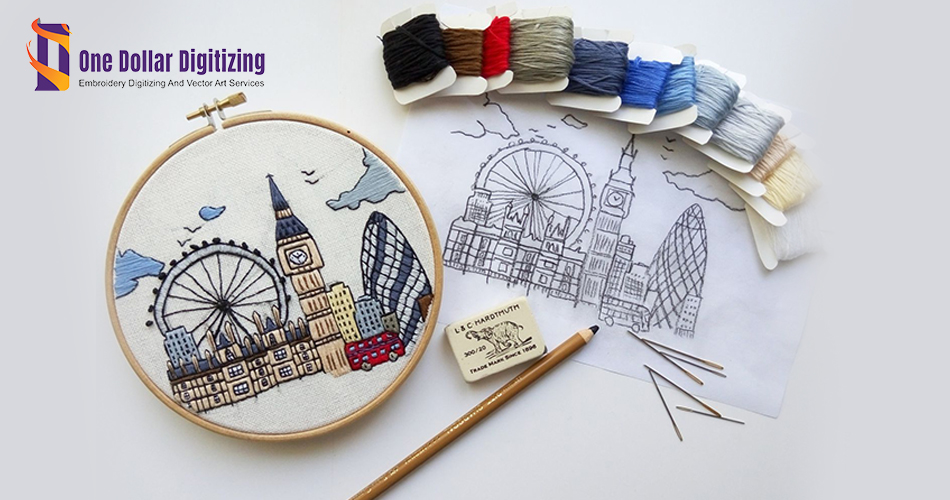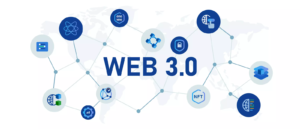Introduction
Embroidery has been an art form that dates back centuries, adding intricate beauty and personalization to fabrics. In recent times, the world has seen a resurgence of interest in handcrafted designs and custom-made products. One fascinating aspect of this art is the process of digitizing hand-drawn designs to bring them into the digital realm while preserving their essence. This article delves into the captivating journey of taking a hand-drawn sketch and transforming it into a stunning embroidered masterpiece.
The Art of Hand-Drawn Designs
Hand-drawn designs hold a unique charm that can’t be replicated with digital tools alone. The human touch, imperfections, and creativity imbued in these sketches make them a valuable starting point for embroidery digitizing. Whether it’s a whimsical illustration or a meticulously detailed pattern, these designs carry a distinct appeal that captivates the beholder.
The Need for Digitization
While hand-drawn designs are captivating, they have limitations, especially in terms of replication and scalability. Digitization comes to the rescue by converting these designs into digital formats, allowing for easy editing, resizing, and multiple reproductions. It opens up a world of possibilities, making it simpler to share, sell, and collaborate on design projects.
Understanding the Digitization Process
- Scanning the Hand-Drawn Designs
The journey from sketch to stitch begins with scanning the hand-drawn design into a digital format. High-quality scanning ensures that every intricate detail is captured, providing a solid foundation for the digitization process.
- Cleaning and Enhancing the Image
Once the sketch is digitized, it may require some cleaning and enhancement to remove any imperfections or unwanted elements. This step ensures that the final digitized design looks polished and professional.
- Converting to Vector Format
Vectorization is a crucial step in the digitization process. Converting the raster image into a vector format allows the design to be scaled infinitely without losing quality. This ensures that the embroidery machine can stitch the design accurately and precisely.
- Stitch File Creation
The next step involves creating the stitch file. This file contains information on stitch types, colors, and sequencing, which guides the embroidery machine in recreating the design accurately on the fabric.
- Choosing the Right Software for Digitization
Selecting the appropriate digitization software is vital for achieving exceptional results. Different software options offer various features and capabilities, so it’s essential to choose one that aligns with your specific requirements and skill level.
Tools and Techniques for the Best Results
Mastering the digitization process requires the right tools and techniques to achieve outstanding outcomes.
- Using Graphics Tablets
Graphics tablets offer a natural and precise way to digitize hand-drawn designs. They provide the feel of traditional drawing, coupled with the advantages of digital technology.
- Utilizing Drawing Software
Drawing software with vector support is a boon for digitizers. It allows for smooth and efficient creation of stitch paths, ensuring the embroidery machine interprets the design accurately.
- Mastering the Art of Stitching
Understanding how different stitches work and the effects they produce is essential for creating captivating digitized designs. Mastering the art of stitching enables digitizers to achieve impressive textures and details.
Challenges and How to Overcome Them
While digitizing hand-drawn designs is a rewarding process, it comes with its fair share of challenges.
- Maintaining Design Integrity
Translating the essence of a hand-drawn sketch into a digital format without losing its original charm can be tricky. It requires a keen eye and a deep understanding of both art and digitization.
- Handling Complex Designs
Some hand-drawn designs can be intricate and complex, posing challenges during the digitization process. Breaking down the design into manageable sections and planning the stitch path carefully can overcome these hurdles.
- Color Matching and Thread Selection
Ensuring that the colors in the digitized design match the original sketch is crucial. Additionally, selecting the right threads to achieve the desired visual effect is vital for an exceptional embroidered piece.
The Role of Technology in the Future of Embroidery
The embroidery digitizing industry continues to evolve, and technology plays a significant role in shaping its future. Advancements in digitization software, embroidery machines, and artificial intelligence promise exciting possibilities for the art form’s growth and innovation.
Understanding Copyright and Intellectual Property
As digitization makes it easier to share and reproduce designs, understanding copyright and intellectual property rights becomes essential. Respecting the rights of artists and designers helps foster a healthy and ethical embroidery community.
Tips for Creating Marketable Digitized Designs
Crafting digitized designs that appeal to a broader audience can be highly rewarding. Understanding market trends, customer preferences, and incorporating unique elements can elevate the value of your digitized creations.
Showcasing Your Digitized Designs
A crucial aspect of digitization is sharing and showcasing your work. Building an online portfolio or collaborating with embroidery enthusiasts and businesses can lead to exciting opportunities and recognition.
Conclusion
Digitizing hand-drawn designs is a fascinating journey that merges tradition with technology. It preserves the beauty of handcrafted art while enabling versatility and scalability. As technology continues to advance, the world of digitized embroidery holds vast potential, empowering creators to bring their visions to life on fabric.
FAQs
Q1: Is digitizing hand-drawn designs a time-consuming process? Digitizing hand-drawn designs requires time and attention to detail. The complexity of the design and the digitizer’s skill level can impact the time needed.
Q2: Can I digitize my hand-drawn designs without a graphics tablet? While a graphics tablet enhances the digitization process, you can still achieve good results with a mouse or touchpad.
Q3: What file formats are commonly used for embroidery designs? Embroidery designs are often saved in formats like DST, PES, EXP, and JEF, compatible with various embroidery machines.
Q4: Can I sell the digitized designs I create? Selling digitized designs is possible, but ensure you have the necessary rights to the original artwork and respect copyright laws.
Q5: How can I learn embroidery digitization? Several online resources, tutorials, and courses are available to help you learn embroidery digitization techniques.
Read more: Click here








